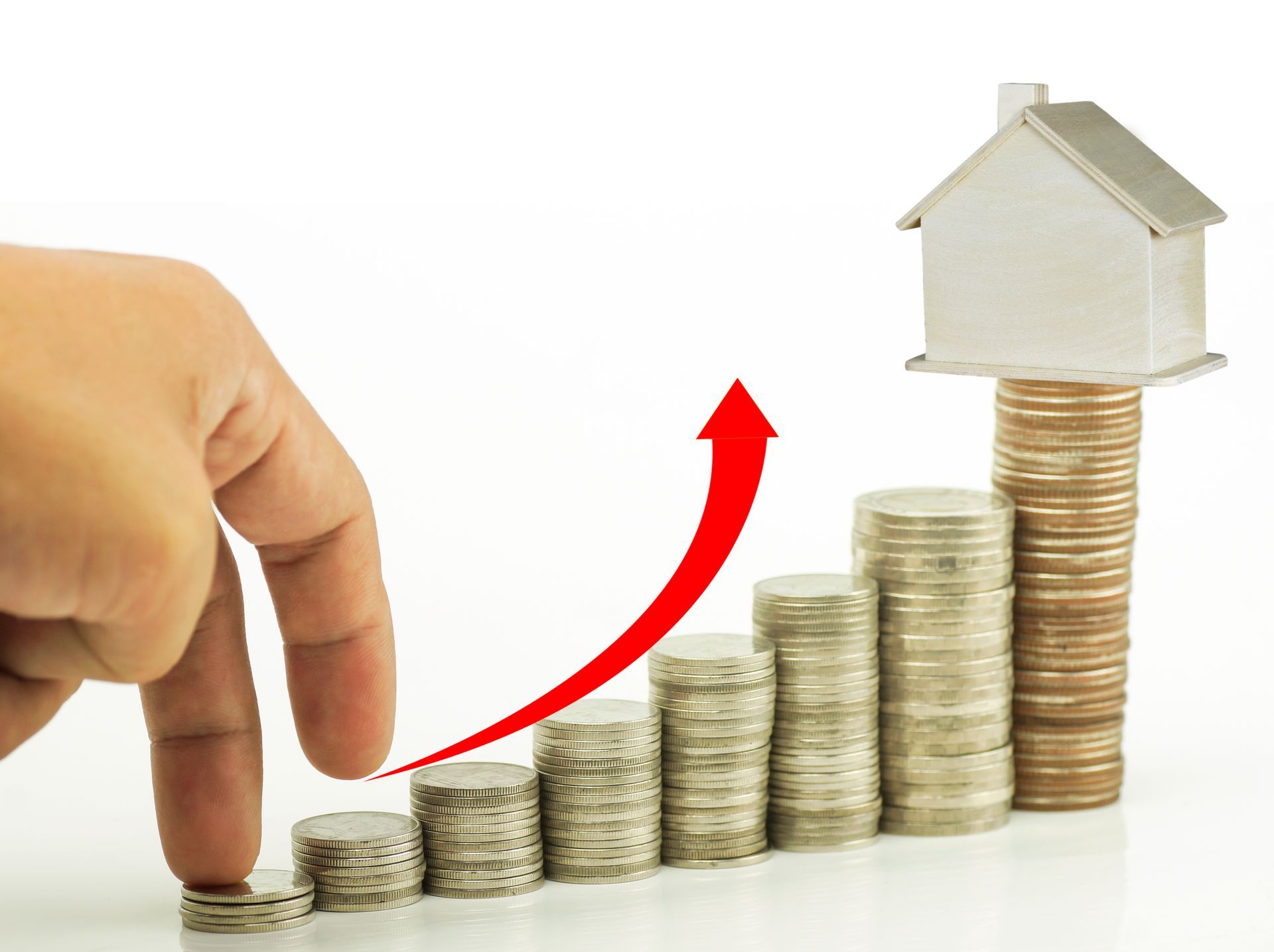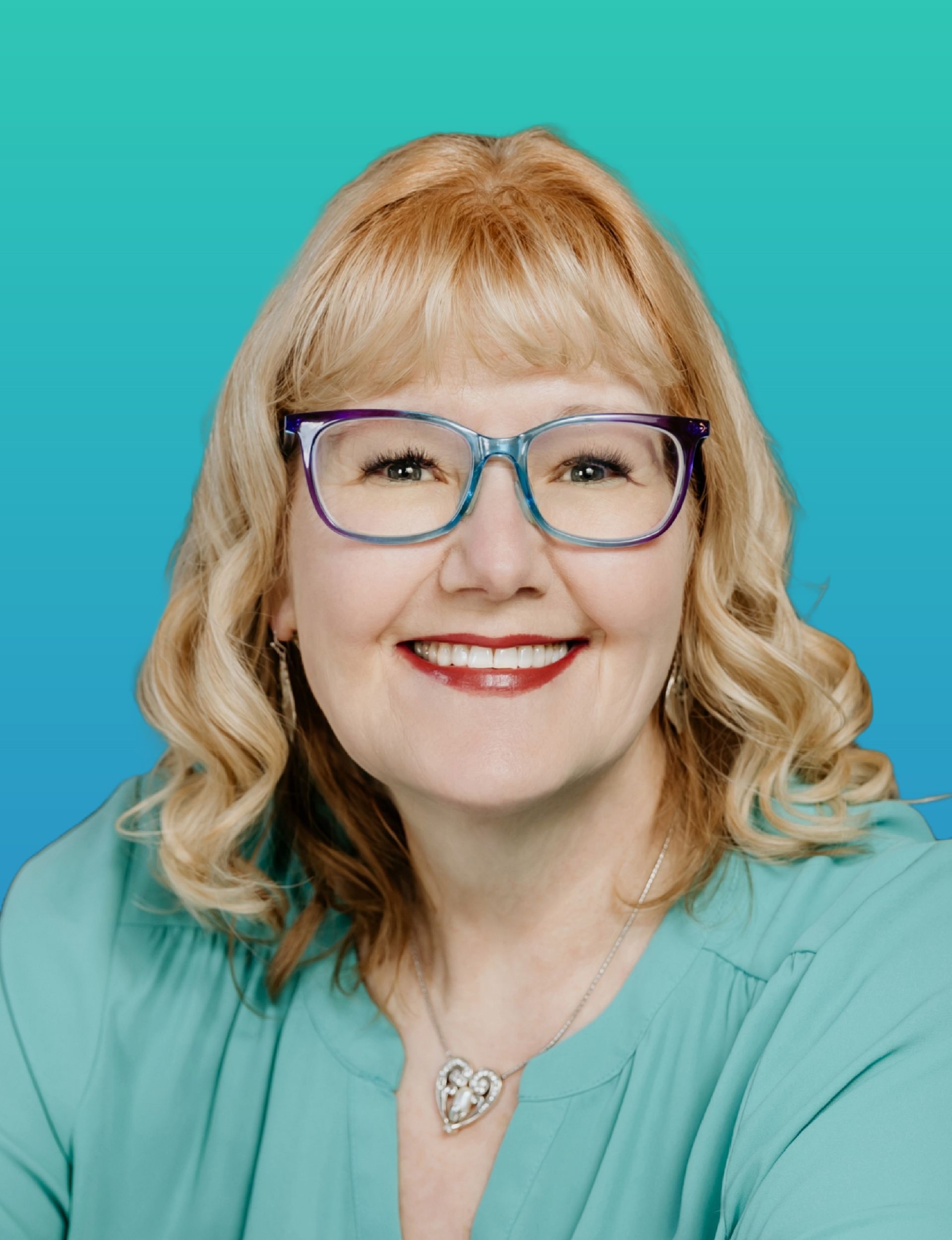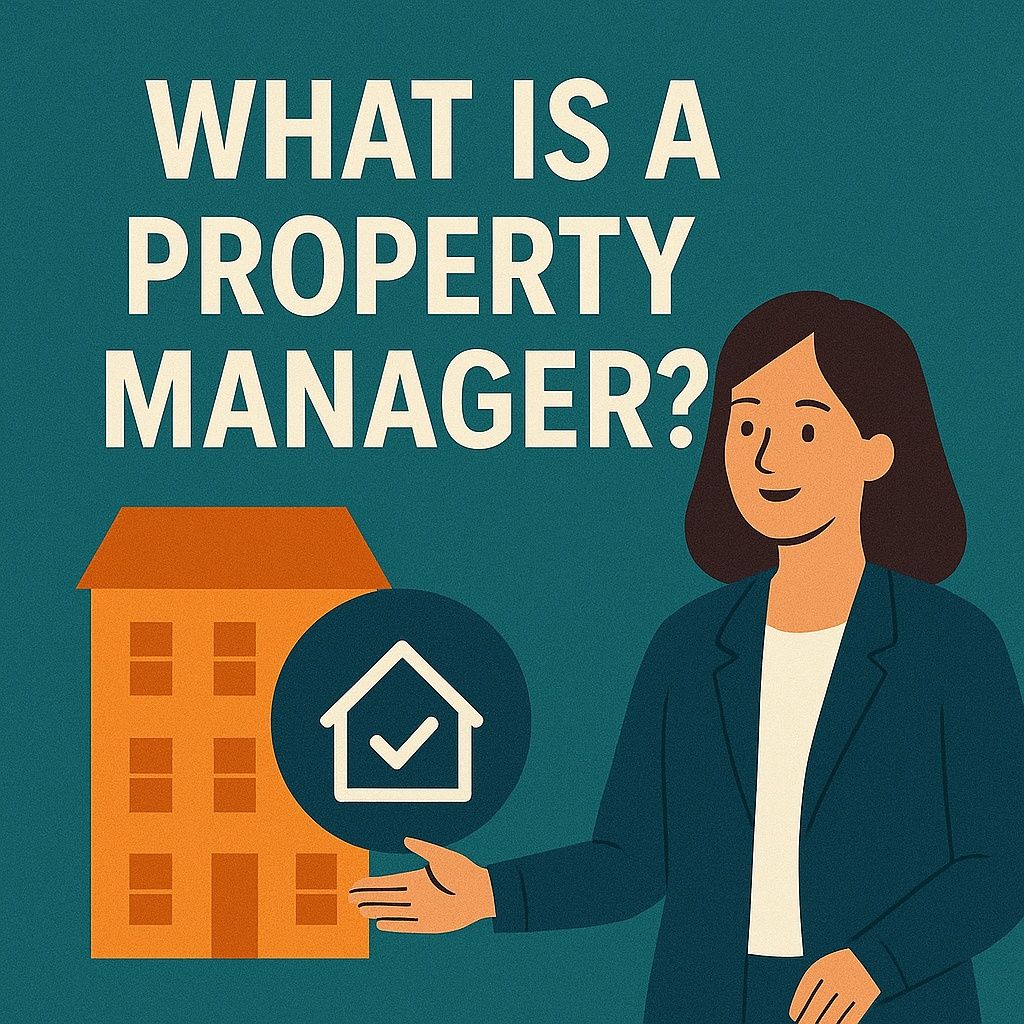Canada’s Awesome - First Home Savings Account (FHSA)

The Basics
The Tax-Free First Home Savings Account (FHSA) offers first-time home buyers the ability to save $40,000 tax-free.
Like registered retirement savings plans (RRSP), contributions to an FHSA would be tax deductible. Like tax-free savings accounts (TFSA), income and gains inside the FHSA, as well as the withdrawals would be tax-free when used for purchase of an owner-occupied home.
- A resident of Canada
- Be as least 18 years old (and not more than 71 years of age on Dec. 31 of the year)
- First-time home buyer
o This means you, or your spouse or common-law partner did NOT own a qualifying home that you lived in as a principal place of residence at any time in the year the account is opened OR the preceding 4 calendar years.
- NO minimum number of days the funds must stay in FHSA before being withdrawn
- You can contribute up to $8,000 each year (in the year that you open your first FHSA), with a
cumulative total of up to $40,000 over your lifetime.
- You can carry forward your unused FHSA participation room at the end of the year, up to a
maximum of $8,000 to use the following year.
o This amount is referred to as your FHSA Carry forward. Any FHSA carry forward will be include in the calculation of your FHSA participation room for the year.
The Details
Why did the Canadian government create the Tax-Free First Home Savings Account (FHSA)?
Housing affordability in Canada has been a hot topic for many years. Canada’s real estate has risen
steeply for properties, especially in hot spots like Toronto & Vancouver.
- Saving a down payment is typically the biggest challenge for most Canadians buying their first home. In the Canadian Budget in 2022, the government proposed the introduction of the Tax-Free First Home Savings Account (FHSA). This new registered plan gives first-time home buyers the ability to save $40,000 on a tax-free basis.
- $8,000 each year (including 2023),
o The annual contribution limit applies to contributions made within the calendar year.
- Like a Registered Retirement Savings Plan (RRSP), contributions would be tax-deductible, and
withdrawals to purchase a first home (including the investment income) would be non-taxable, like a Tax-Free Savings Account (TFSA).
o You are getting the best of both account types with the new FHSA. The FHSA is designed to help Canadian residents who are first-time home buyers (aged 18+).
The Tax-Free First Home Savings Account (including investment earning s& growth accumulated inside
the account) can be kept open until the 15 th anniversary of the FHSA account opening OR if an individual turns 72 years old.
Canadians can claim an income tax deduction for the FHSA contribution.
- Contributions that are made in the first 60 days of the year can’t be considered part of the previous tax year (unlike for RRSPs).
Unused contribution portions can be carried forward into future years. Amounts to be carried forward only
start accumulating after an FHSA is opened for the first time.
- The new FHSA can be opened just like you would open an RRSP or TFSA at the broker of your choice.
Canadians can have more than one FHSA account, even across multiple financial institutions or brokerages. You are responsible for making sure that you do not contribute more than the annual limit to your FHSA account in total across all accounts.
Only the FHSA owner can contribute to the account.
- Just like over contributions to a TFSA, over contributions to an FHSA are taxed at 1% per month.
Any assets in an FHSA that are not used to buy a home that qualifies, can be transferred tax-free into a Registered Retirement Savings Plan.
- Once a qualifying withdrawal has been made from a FHSA, the remaining balance of the account can be transferred to a RRSP or RRIF by Dec. 31 st of the year after the qualifying withdrawal.
By allowing you to contribute pre-tax income to an FHSA, the account can quickly grow to meet the minimum down payment value of some properties in Canada. It can give eligible first-time home buyers a tax advantage over those that are using an FHSA.
FHSA Transfers
If funds contributed to an FHSA are not used within 15 years from account opening (or Dec. 31 st of the year the account owner turns 71) the account holders will have the option to transfer the accumulated funds into their RRSP/RRIF, even if they don’t have contribution room.
Funds can be transferred between an FHSA account and the following accounts tax-free:
- Another FHSA
- RRSP
- RRIF
When you are transferring money between these accounts, you must follow the rules for each account
type.

The FHSA and How it Compares to the Home Buyer’s Plan (HBP)
First Time homeowners will be able to access both the Home Buyer’s Plan (HBP) and the Tax-Free First Home Savings Account (FHSA) when purchasing a home.
Home Buyers’ Plan (HBP)
The Home Buyers’ Plan (HBP): is an older program that allows Canadians to withdraw from their RRSP
accounts to build or buy a qualifying home.
Qualifying home buyers can withdraw up to $35,000/each from their RRSPs to assist with the purchase of
an owner-occupied home. The funds are not required to be used only for down payment, but for other
purposes to assist in the purchase of a home.
- Amounts that are withdrawn from the Home Buyers’ Plan must be repaid back to your RRSP within 15 years.
o Your repayment period to the RRSP account starts the second year after the HBP withdrawal.
- RRSP funds MUST be in the account for 90 days BEFORE removing for down payment.
A homebuyer could maximize both programs and be able to access up to $75,000 in capital for their down
payment (plus any growth in the FHSA).
FHSA rules allow funds to be transferred to an RRSP, or from an RRSP to an FHSA up to the yearly and
annual deduction limits, on a tax-free basis.
The FHSA has advantages over the HBP because you get to make a deductible contribution and funds can come out tax-free. Now that homeowners can use both FHSA OR HBP, the issue of which program to use isn’t as crucial.
----------
There is an abundance of additional information on the Tax-Free First Home Savings Account on
the Government of Canada website Tax-Free First Home Savings Account (FHSA).
If you or someone close to you is thinking of buying their first home, we can help! As you can tell there is
lots to discuss about buying your first home, let’s have a chat!
Kelly Hudson
Mortgage Broker
604-312-5009
Kelly@KellyHudsonMortgages.com
www.KellyHudsonMortgages.com






